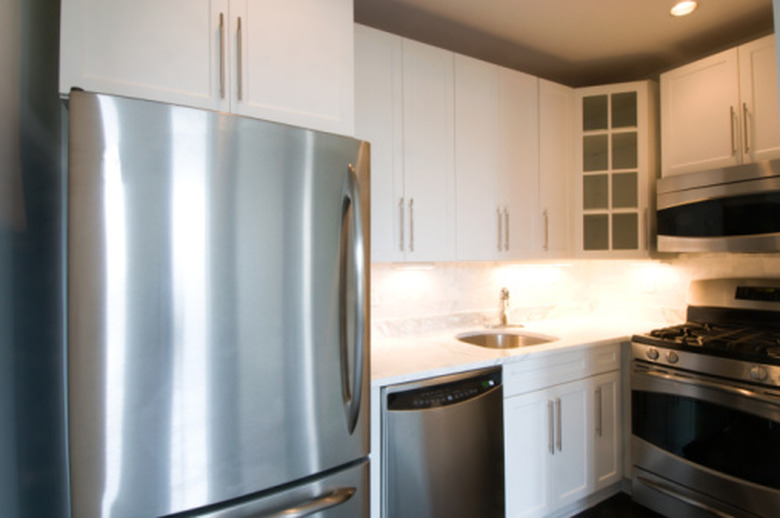What Causes A Refrigerator To Be Hot To The Touch?
It's not unusual when a normal functioning refrigerator feels warm to the touch from time to time. However, when you notice your refrigerator is abnormally warm and even hot to the touch, it can indicate a problem. And even if the entire refrigerator doesn't feel warm, hot spots on outside of refrigerator may also give you a heads-up to a potential problem. Knowing what to expect when operating a refrigerator can go a long way in helping you determine whether to consult a refrigerator repair specialist.
When Your Refrigerator Feels Hot
When Your Refrigerator Feels Hot
A refrigerator that continuously runs and cools contents inside can temporarily feel hotter than usual. For example, Whirlpool notes that if you are opening and closing your refrigerator more than normal when outside temperatures are hot and humid, this can cause it to feel hotter because it must run longer to keep the food cool.
Also, filling your fridge with fresh food or food that is close to room temperature causes it to run longer to cool the food and, therefore, can make it feel hotter to the touch because of its run time.
Any one of these actions can cause a refrigerator's exterior cabinet to feel warm and even hot for up to 24 hours. Contact a refrigerator repair expert to inspect your refrigerator if it remains hot for a period longer than 24 hours as this may indicate a problem.
Electric Heater Is Turned on
Electric Heater Is Turned on
Certain older model refrigerators, such as those manufactured in the 1980s and earlier, were equipped with electric heaters. The heaters were meant to stop moisture and condensation from forming and spoiling food inside the refrigerator on hot and humid days.
Because of the heater's placement along the edge of the refrigerator cabinet, it sometimes made the refrigerator door slightly hot to the touch when the heater was switched on. If you have an older refrigerator with this moisture-prevention system, switch off your heater when you notice the temperature of your refrigerator increasing. The switch may be labeled "Energy Saver" or "Power Saver."
GE recommends turning the switch to the right when it's hot and humid or when you see moisture forming along the doors.
Dirty Condenser Tubing
Dirty Condenser Tubing
While newer refrigerators frequently do not have heaters, many have hot condenser tubing, which line the edges of the cabinet where an electric heater was once located. The hot condenser tubing, also called a yoder loop tube, serves the same basic function as a heater: to reduce and guard against moisture buildup in a refrigerator.
When the hot condensing tubing becomes dirty, it has a tendency to run hot. You may feel hot air when you reach your hand into the refrigerator from the edge of the cabinet near where the tubing is located.
Dirty Condenser Coils
Dirty Condenser Coils
If you detect heat, Appliance Aid.com recommends cleaning the condenser coils and checking the performance of your condenser cooling fan, which works to cool the coils after they turn off. Follow instructions contained in the manual that came with your refrigerator to clean the coils, or contact a refrigerator repair specialist for assistance.
If you clean the coils yourself, be sure to unplug your refrigerator before starting this project.
